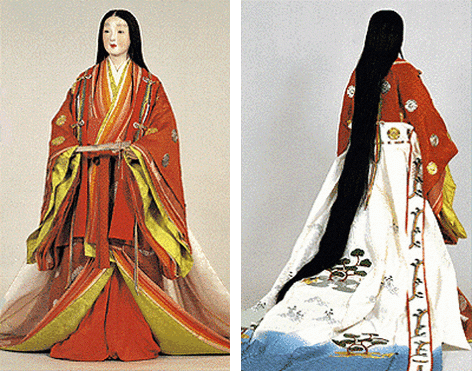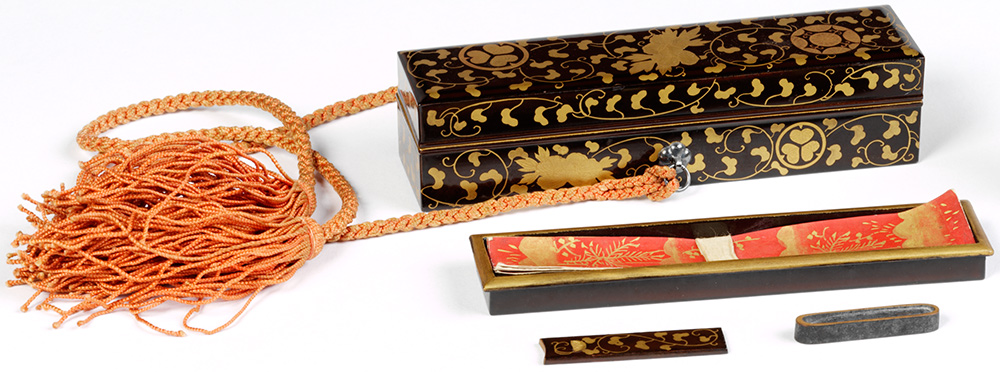

Architecturally, Japan in the 17th century favoured intricate carvings decorating the outsides of their buildings, most notably temples. Around this time the tea ceremony was also developing quite a bit which influenced architectural changes surrounding that. For example, the Kenroku Garden, which features multiple small structures and huts throughout the garden. The design of these buildings is more refined than that of the intricate temple which were also being built, and were much more simplistic. Often buildings of tis time would have thatched or gable roofs. The floors were often raised by pillars and a layering technique was now being employed. The entrances would be south facing and there would be a roofed pathway around the building on the first floor (or “layer”).

It was during the Edo period (1603-1868) that kimonos had started to be regarded as more of a piece of art than a garment. Kimonos were a sign of status. More colours and patterns had been made available due to the developments in weaving technology. Kimono’s began to be worn looser and obi belts got a lot bigger. Kimono’s were (and still are) very personal to the wearer and had intricate designs. As kimono is a word which just means an item of clothing, there are many different styles of kimono for both men and women. For example, the informal mens Yutaka, or the Haori.

Many interesting games and pastimes came out of Japan from this era. For example, the Japanese poetry game. The game included 200 cards and was a matching game where players had to maths the first half of a well known poem with the correct second half. Another popular item many Japanese people had were picnic sets. these sets were often made of wood and were decorated with paint. The sets came with different trays and containers for saki and cups.